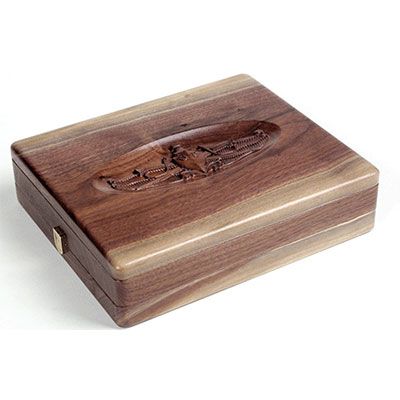
In this edition of the newsletter we are focusing on the craftsmanship of Andrew Pitts. Nestling in the forests of Northumberland County, Virginia, Andy is a self-taught, multi -award winning furniture maker who has perfected his craft and created an individual style over his 38 years of experience. His design approach is to celebrate the wood’s inherent beauty, respecting its imperfections and variations. With a tendency to complete most pieces with a clear finish to highlight his materials grain and texture Andy has developed a subtle hallmark to make his pieces recognizable within the furniture industry. Furniture making has not always been Andy’s full time occupation, his previous work being a complete contrast to his life now; we will let Andy take the story from here…
I am a largely self-taught studio furniture maker with 38 years of experience and have been a full time furniture maker for the past 9 years, but I had a prior career in the United States Navy as a nuclear engineering qualified Surface Warfare Officer where I commanded three warships and operated cruiser and aircraft carrier nuclear reactors.
I became a studio furniture maker in 1976 when I was an Ensign, although at the time I did not know studio furniture by that name; I just liked to design and make custom furniture. I knew that eventually I would be a professional maker. During my career I made furniture whenever I was not at sea (which was a great deal of the time, serving in seven ships), and collected many of the tools I would need in my business. In 2002 my wife and I moved to the secluded forests of Northumberland County, Virginia where I began construction on my workshop, and in 2005 I was officially in the furniture designer/maker business. Since then, my furniture has been featured in numerous exhibitions and has garnered more than a dozen awards, as well as appearing in four books, Studio Furniture: Today’s Leading Woodworkers, Fine Wood Artists, Bespoke: Furniture from 101 International Artists, Mind and Hand: Contemporary Studio Furniture.
After making the transition from part time to full time furniture maker, Andy was clearly skilled with traditional tools and able to produce top-level work with them, so we wondered what prompted him to look at using CNC technology in his workshop.
I had been following ShopBot at some of The Furniture Society annual conferences for several years. I had also been working on my hand carving, and got to the point where I was quite proficient (Click here to view example), but hand carving was very time consuming and my customer base typically could not afford that level of work. That prompted me to consider CNC as an alternative to hand carving in my furniture. So, I researched the ShopBot line and decided that the DeskTop model would give me the level of precision I needed to integrate CNC carving into my furniture; and this is the same machine I use to date.
Having now purchased his ShopBot Desktop complete with Vectric’s PartWorks (VCarve Pro) and PartWorks3D (Cut3D) software, Andy now had the task of integrating this new tool into his business. Having never before used a CNC, we asked Andy how he found the process of learning how to use the machine and software?
There is a steep learning curve in CNC, particularly mastering the software to the point of making it do what you want. Before purchasing my CNC machine, I studied all the tutorials I could from the ShopBot website, including all the tutorials on Partworks (V-Carve Pro) and Partworks3D (Cut3D). I also took a weekend course at ShopBot when I picked up my machine. With all my preparation, it was fairly easy to set up and use the machine and make simple designs in the software.
Vectric software was included with the ShopBot, and later I upgraded to Aspire through ShopBot. I was not really familiar with Aspire when I first purchased my machine, but had heard a great deal about it at Camp ShopBot and in forums, which prompted me to upgrade. I am still studying the many tutorials to master that software and I also take advantage of the great 3D models at VectorArt3D. Integrating Aspire into my work for me was natural. I have been a long time CAD user (currently DesignCad 3D Max 24) since 1992 or so, so I use the DesignCad for my furniture design and Aspire for the CNC aspects of the work.
Given Andy’s familiarity with his Vectric software and its many capabilities we wanted to find out what in particular he likes about the software for the type of work he produces?
Aspire (and VCarve before it) is logical, intuitive, and really very easy to use. I particularly like the functionality of making a true rendering of the carved object, true enough to know exactly how the cutter will behave in the actual work. Animating the cutter is sometimes very useful. Also, the ability to capture the image of the rendering and send that image to my clients has proven priceless in customer satisfaction. Perhaps the biggest benefits I’ve received are the tutorials. They are GREAT! I learn so much from them, and I understand that is an “extra” you provide for your customers.
Even though Andy says he is still learning, his work is testament to someone who is able to integrate it fully into his workflow. Having created a vast amount of commissioned projects from coffee tables to chairs; and picked up many awards along the way, we asked Andy to tell us which one is his favourite piece and why…
Tough question … I like them all! I like the pieces that gave me the opportunity to really use the software in conjunction with my furniture building. For instance, I enlarged a double size bed to queen size, so the headboard had to be lengthened. I offered my client the option of making that headboard insert a carving from VectorArt3D, instead of using a plain piece of wood, and this video shows the result: Click Here to view video. I used a good piece of Cherry oversized for the opening, cut the Bird in Circle design into it, and lap joined the ends to the existing headboard. Like much of my CNC work, I used a lacquer finish.
I also like my Officer’s Insignia Box (picture above and left), of which I make about one each month, because it uses so many aspects of the software and the Desktop (Click Here to view video). The insignia box is a three piece affair, with two sided carving on the top and middle sections. It is made from walnut wood that I milled on my sawmill (which I recently sold, by the way, so I could have more time making furniture), and uses very fine brass hardware. I am able to carve the Officer’s warfare specialty design into the top, the name of the officer and anything else desired on the underside of the top, and each pocket holding a specific uniform device cut with a ballnose pocket toolpath has the device name v-carved in the bottom. It, too, is lacquer finished.
The software and machine allow me to do things that otherwise would be cost prohibitive, if even possible such as making a 1/8” thick crab inlay (picture below) into a cutting board using a 60 degree v-bit to make bevelled sides for a perfect fit (Click Here to view video). Using Aspire and the eps file of the crab outline from VectorArt3D, I could cut the pocket for the crab in cherry wood, then by flipping the crab in Aspire I could make a toolpath to cut outside the crab outline for the inserted piece of maple. By using a start depth 0.15” below the top surface and a flat depth 0.075” below that, the 60 degree cutter makes a slightly undersized insert that fits fully into the pocket for a great glue up. It would take days to do this by hand, and the job would not be as good as the CNC product. I recently used the crab inlay file in conjunction with Aspire to make a very nice Lazy Susan, which presented other challenges as the crab surface was itself recessed into the lazy susan below a perimeter lip.
Andy’s past work is impressive (and very nicely documented with all the videos!) However being the busy man he is we knew that he would be working on something new, so we asked Andrew what projects he is currently involved with…
I was asked to strengthen the backs of a set of dining chairs, so I used Aspire and the ShopBot to make extra beefy curved back slats and a decorative carving (Click Here to view video) ). I made a prototype, and am currently finishing up the other chairs in the set.
I recently purchased a digitizing probe and have made a prototype of an antique chair crest rail carving. The plan is to cut 50 of these pieces for a run of chairs by another maker. (Click Here to view video)
From Naval Officer to Award Winning Furniture Maker, past to the present Andrew’s story has been an interesting journey, as a man who clearly does not stand still we finished by asking Andy what are his plans for the future of his business and work…
I am very anxious to get some time to learn more about the 3D modelling in Aspire and make some more artistic pieces of my own design. In the meantime, I continue to integrate this new tool called CNC into my furniture design/construction and repair business. I also have been asked to teach at Peters Valley School of Craft in New Jersey in 2015 and have elected to do the first ever (for the school) course on introduction to CNC routing using the ShopBot Desktop and Aspire software. I will continue to produce my videos for other makers and aspiring makers to see how I work, bringing CNC into the productions whenever it is used (YouTube Channel AndyPitts1000).
We’d like to thank Andy for taking the time to talk to us about his use of Aspire in his business. We’ll look forward to staying up to date on his website and informative YouTube channel (see below) and hope to revisit him in the future to see how his use of CNC along with his traditional skills continues to progress.
If you would like to view some more of Andy Pitts work, watch more of his fantastic videos or get in contact with him please use the info and links below.
Website: www.andrewpittsfurnituremaker.com
YouTube Channel: www.youtube.com/AndyPitts1000
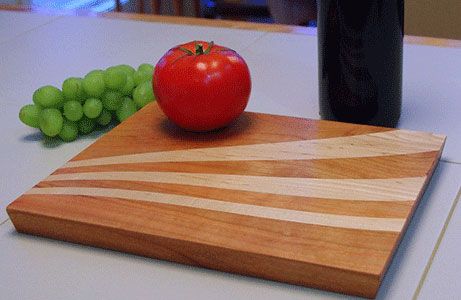
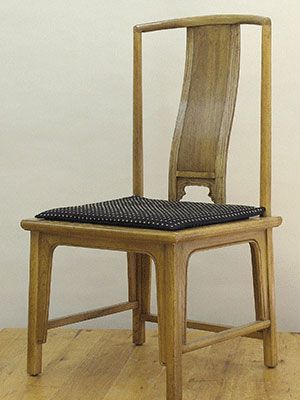
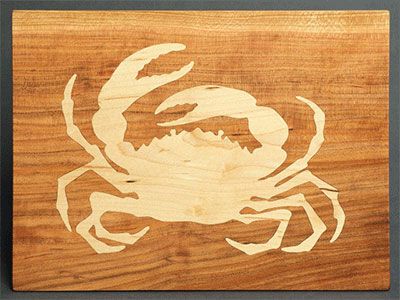
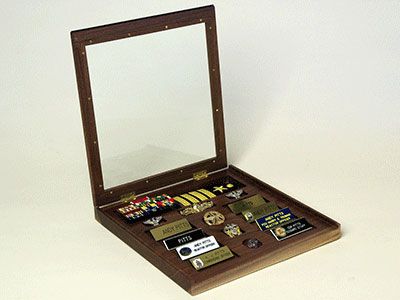
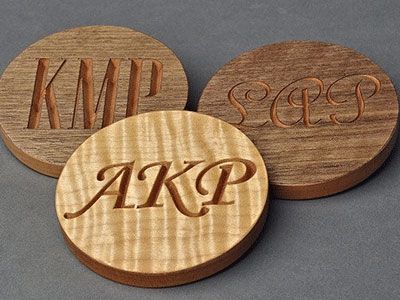
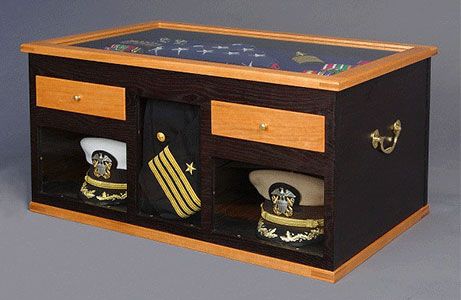
Vectric Ltd
Precision House
2 Arden Road
Alcester
B49 6HN
GB115123072
Privacy Policy |
Terms and Conditions